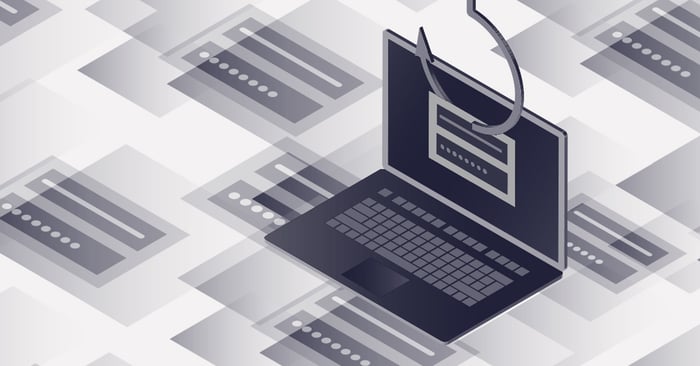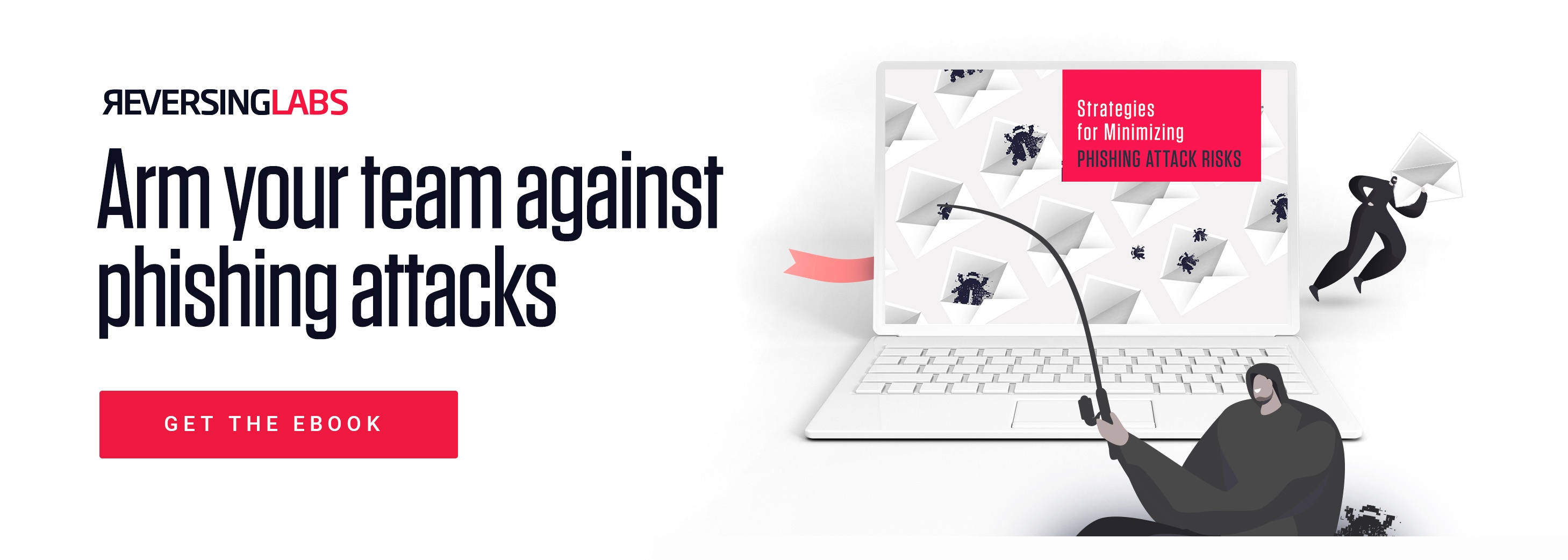
It's highly likely you already understand the sweeping and extreme dangers your employee's inboxes pose to your business. But did you know that a whopping 92% of cyberattacks gain unwelcomed entry into businesses via emails designed to get your employees to take an action?
With just that little click or a quick reply from an unsuspecting employee, attackers can gain full access to your systems, pivot into an impersonation of your CFO to acquire sensitive documents, hide payloads for unknown lengths of time for later use, and unleash other malware types across the business. Receiving the framework for a phishing attack is impossible to prevent. Stemming the effects once the attack is successfully in motion is near impossible, too. So where should you focus? On prioritizing high-risk, common attacks to ensure they always fail.
What Are Organizations Doing to Prevent Phishing Attack Success Today?
Many organizations are already allocating massive portions of their security budgets to phishing attacks. But email presents a volume problem, and a lack of visibility. After all, each file attachment in an email comes with a cool 140 additional embedded files, on average — and most organizations don't have the tools to achieve that level of visibility.
It's certainly not available in an anti-virus. File level visibility isn't enough. Anti-virus tools can't look at anything but exact matches, rendering them irrelevant for the majority of the attacks happening right now. Because signatures from anti-virus manufacturers don't usually update more frequently than every 48 hours, false positives abound.
And no longer can you run test after test in abuse boxes to identify a fast decision on malware status. Indeed, attackers today understand your operating systems and can make necessary adjustments to their embedded files in order to bypass these mechanisms and overcome your processes.
So, savvy corporations and businesses have realized that a layered security approach is required. They're investing in layered web proxy, email gateway, EDR and abuse box security — with varying degrees of success.
Similarly, they're investing in employee education. But no matter how much you train your employees, 4% of people will still click that link. There's a solution for that, too: behavioral analysis to identify high-risk individuals and communications.
Even with heavy investment in the three key areas of phishing prevention (layered, education and behavioral), though, malware infected files and objects are still getting through. A massive 30% of phishing attacks are still missed.
What's the solution? You need to go beyond file-level insight. Move beyond dynamic analysis. It's time to see everything.
Prioritize High-Risk Phishing Attacks with Object-Level Awareness
There are two key issues with the way organizations respond to phishing attacks today:
1. Identification of the attack and its priority
2. Not knowing how to mitigate phishing attacks quickly
The first issue obviously creates the second: how can you know how to mitigate phishing attacks and respond quickly to high-priority threats when you can't even detect or identify them?
Knowing what you know is a requirement. The only way to understand every file and embedded object's significance is to compare them against an authoritative global file reputation database. Such an analysis can expose threat indicators and provide critical intelligence about related malware families. Of course, to make rapid response feasible, rapid identification is paramount: results of said analysis should be instantly added to SOC workflows to facilitate the fastest possible triage and response.
A platform that integrates seamlessly through APIs and connectors to email gateways and SMTP relay points in order to provide destructive object visibility will always outperform a tool looking only at files as they execute.
To extend the value of a platform like this, use said analysis to create YARA rules that will allow you to discover unknown malware variants and update existing controls. Ensure the tool allows for "sectioning off" of information; imagine how much more quickly your SOC analysts could triage and how reliably they could avoid false positives if all malicious content were examined and properly sorted!
The Bottom Line
High-risk phishing attacks still sneak through your layered security controls. But if you are attempting to mitigate all phishing attacks with just file-level visibility, your SOC analysts can easily miss malware moving through your organization.
The ability to instantly identify, classify and prioritize malware enriches all email security and phishing detection systems, improving email security efficiency and offering you true containment across networks. Though layered security, education and AI-enabled technology can assist you, it's only when you find a tool that provides instant insights into all inbound destructive objects — not just files! — that you can truly say you have access to the most actionable threat intelligence mechanisms available.
Ready to learn more? Start a conversation with ReversingLabs today.
Get up to speed on key trends and learn expert insights with The State of Software Supply Chain Security 2024. Plus: Explore RL Spectra Assure for software supply chain security.







